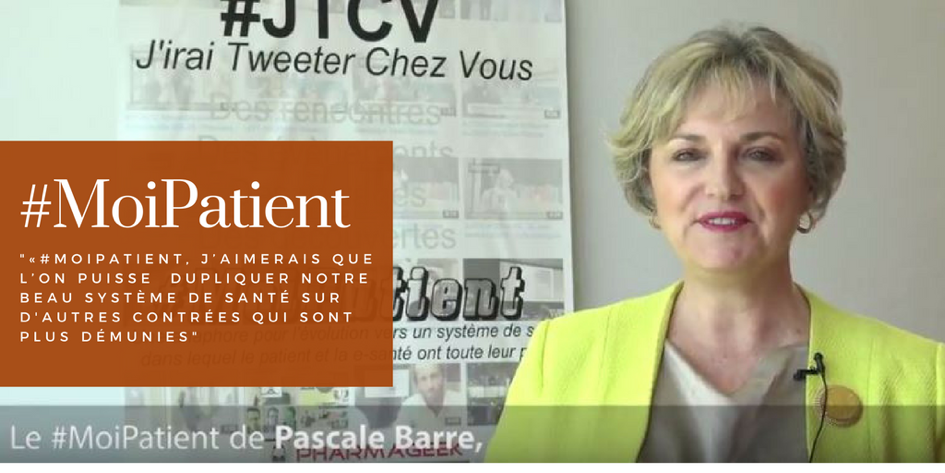L’Assurance Maladie lance une version mobile de son portail Ameli
26/10/2012Key Trends in the Future of Medicine: E-Patients, Communication and Technology
26/10/2012SOcial, LOcal, MObile and the impact for health information
The entire session was delivered directly from an iPhone 4S over WiFi, mirrored to an AppleTV, and included demonstrations of augmented reality (AR) as well as some of the latest health applications. This was all ‘live’ and included all the risks of ‘pushing the envelope’ of technology.
Yet the simple fact is that this was not really pushing the envelope of technology. It was merely utilizing the same capabilities which are available to all consumers in this modern age.
Our mobile devices have become so integral to society, that for many of us they are the core computing power for our daily lives.
It was 2002 when the movie ‘Minority Report’ showed us a future where information might be presented to us in a customized and personalized way, depending on our location and the context of a perceived data need. This blending of ‘reality’ with the ‘virtual’ is now commonly known as ‘augmented reality’ or ‘AR’. Indeed it is so common that Google recently announced a pair of AR glasses to even further make this vision a reality.
So in preparation for the DIA Clinical Forum, Creation Healthcare sought to research and report on the impact of mobile computing and augmented reality in the context of medical information.
The somewhat unpleasant tagline ‘SoLoMo’, refers to the changing paradigm where information is:
SOcial – that is shared among other people, or used to bring people together through new and existing networks/communities
LOcal or Location based – providing a context for information based on the position in which a person is consuming information
MObile – using a mobile device, and not necessarily a mobile phone, although this is the exponentially growing device of choice for most consumers
Leading up to the conference, I also committed to several months of using my own mobile device to track all sorts of personal health information which I might use as an example. This included:
Daily calorie intake, using ‘myfitnesspal’
Sleep patterns, using ‘SleepCycle’
Blood pressure and resting heart rate, using a Withings monitor
Weight, lean mass, fat, and BMI, using a Withings scale
Exercise and heart rate, using ‘RunKeeper’ and a ‘Wahoo Fittness’ monitor
Although initially just a process for gathering insight, I quickly became converted to the ‘game’ of checking how my vital statistics were changing on a daily basis – to the extent that I proudly lost 8 kilograms and now have the blood pressure of an athlete.
Such ‘gamification’ is also one of the trends impacting the health industry. I did not previously consider myself a ‘gamer’ or even that in this case I might be playing a game, albeit against myself. Yet I simply could not help becoming enthused by the ‘life-logging’ process, especially having seen the demonstrable changes in my own behavior – leading to positive health outcomes. It seems I am not alone, with a growing group of people dedicated to the process of collecting data about their lives.
During the DIA presentation we were also able to examine the current provision of health information services ranging from professional applications such as ‘ePocrates’ and ‘medscape’, through to diagnostic services from the NHS in the United Kingdom.
We even looked at an example scenario where a packet of Paracetamol was placed on the lectern, and filmed with an AurasmaLite, such that a virtual assistant stood on top of the packet – ready to provide patient information to the user. Such possibilities mean that real world products can be annotated and augmented with virtual data, or in this case health information.
The point of the session was to help the pharmaceutical and health industries understand that there are some basic considerations that we can be thinking about now, which may impact on how we deliver health information to both patients and healthcare professionals in the near future.
Some key take-aways, when approaching SoLoMo as a concept:
What information do you have, that might be useful to someone while ‘on the move’?
Where might they want to access such information, and how might the location provide relevant context?
How would they engage with the information?
Could they share or socialise the actions?
See on engagementstrategy.com



